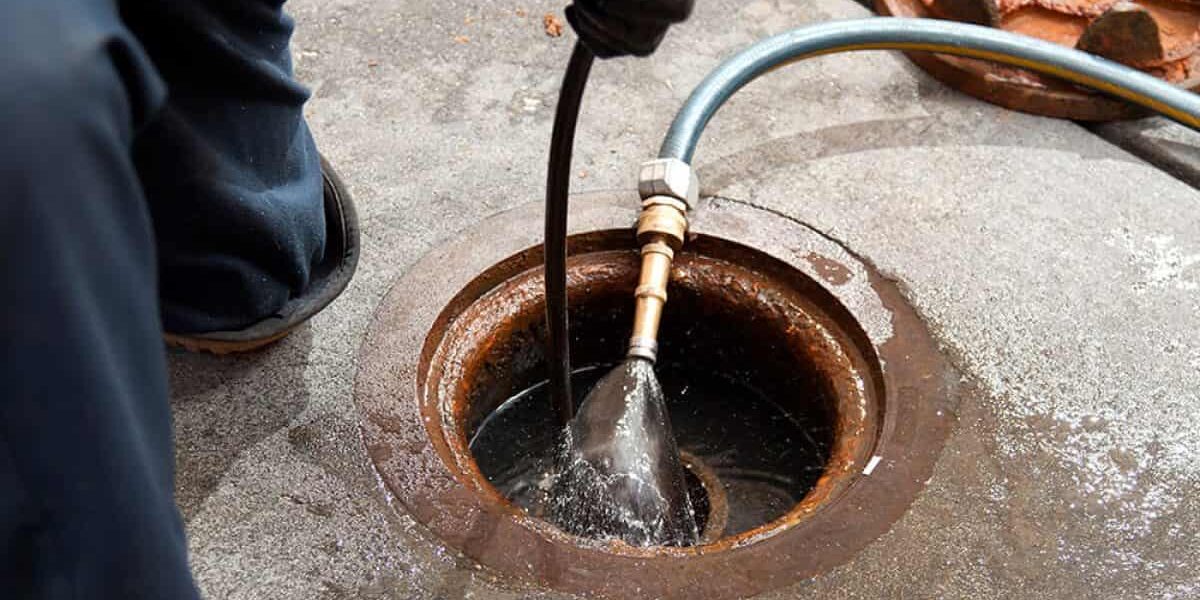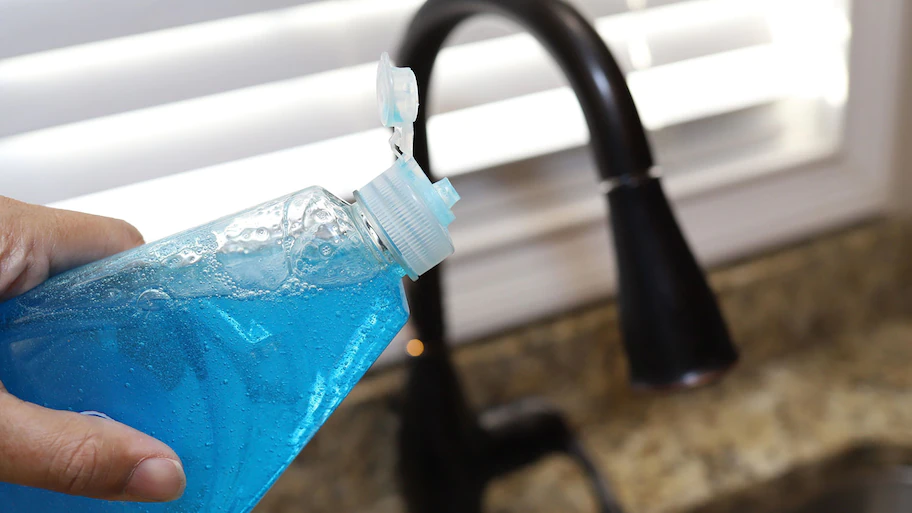This post underneath pertaining to Tips for Dealing with Clogged Drains and Sewer Lines is especially interesting. Read on and make your own conclusions.

Intro
Dealing with an obstructed drainpipe can be a frustrating experience, interfering with day-to-day activities and potentially creating damage to your building. However, prior to reaching out to plumbing experts, there are actions you can require to address the problem yourself. In this overview, we'll discover do it yourself options and preventive measures to deal with an obstructed drainpipe successfully.
Recognizing the Issue
The first step in resolving an obstructed drain is acknowledging the indications. Sluggish drainage, gurgling audios, foul odors rising from drains pipes, or water backing up prevail indications of a blocked drainpipe. Identifying these signs early can help stop further problems.
Typical Reasons For Obstructed Drains
Recognizing the factors that add to drain pipes blockages is crucial for effective resolution. Typical wrongdoers include hair, soap residue, grease, food debris, and international things like hygienic products or paper towels. Tree roots getting into below ground pipes can additionally create considerable clogs.
Do it yourself Solutions
For small blockages, numerous do it yourself options can be efficient. Putting boiling water down the drain can assist dissolve oil and debris. Sodium bicarbonate and vinegar or a mix of salt and cooking soft drink can act as natural cleaners. Utilizing a plunger or plumbing snake to dislodge obstructions is one more alternative.
Tools and Equipment
Having the right tools available can make do it yourself drainpipe cleaning more reliable. A plunger is a flexible device for getting rid of blockages in sinks, commodes, and showers. A plumbing snake or auger can reach much deeper blockages, while drain cleaning chemicals can be used carefully for persistent obstructions.
Preventive Measures
To prevent future clogs, taking on safety nets is essential. Mount drainpipe guards or filters to catch hair and debris before they get in the pipes. On a regular basis flush drains pipes with hot water to liquify oil buildup, and prevent taking care of grease or solid waste down the drain.
When to Call a Professional
While DIY services can solve minor clogs, specific indicators suggest the requirement for professional support. Relentless clogs, foul odors in spite of cleaning efforts, or multiple drains pipes supporting at the same time are red flags that call for skilled intervention.
Selecting the Right Pipes Solution
When selecting a plumbing solution, think about elements such as experience, licensing, and client testimonials. Pick a trusted plumbing technician with a record of top quality craftsmanship and clear prices practices.
Price Factors to consider
The price of expert drainpipe cleaning company can vary depending on the intensity of the obstruction and the plumber's rates. Request quotes from multiple carriers and inquire about any kind of added fees to make sure openness and stay clear of shocks.
Safety Measures
When trying do it yourself drain cleansing, prioritize safety and security. Wear safety handwear covers and eyeglasses to avoid contact with dangerous chemicals or bacteria. Never ever blend various drainpipe cleaning items, as this can generate harmful fumes.
Instance Studies
Real-life instances show the effectiveness of DIY solutions and the significance of timely specialist treatment in solving drain blockages.
Verdict
By adhering to the suggestions laid out in this overview, you can effectively deal with blocked drains pipes and prevent future pipes problems. Whether opting for do it yourself options or looking for expert support, timely activity is key to keeping a healthy and balanced plumbing system and protecting the honesty of your home.
How to Clear a Clogged Drain Yourself (And When to Call In the Professionals)
What Can Clog a Drain
Dirt Skin flakes Hair Grease Soap scum Food Offset pipes Tree roots Small objects Mineral buildup DIY Tricks to Unclog a Drain
You can fix this! Once you have identified the source of the clog (or have a vague idea), you can try one or a combination of these fixes in order to clear your plumbing.
Wire Hanger or Snake
Untangle and clear out hair from a drainpipe with a homemade snake. Use a straightened-out wire hanger with a 90-degree angle hook to locate the clog and drag out any unwanted material.
Remember not to push the clog further down to where the wire hanger cannot reach! If you need to follow up with a plunger, give it a try. Your efforts might be more successful after it’s been wire-snaked.
If you want to get fancy and don’t have a wire hanger to spare, head to the store and pick up a hand-operated drain snake. You can get one for $10-$30. It may save you the hassle, and provide additional length to reach deep into the clogged pipe.
Plunger
A cup plunger has a suction cup attached to a wooden handle. The rubber creates a seal around the drain, and increases the pressure force of the plunger.
Plunge for 30-second increments to loosen the clog. This may need to be repeated over the course of 15-20 minutes. Once plunged, run the water to flush the remaining material out of the drain.
Remember– never use a plunger if you have used a chemical drain cleaner. These chemicals can splash up from the force of the plunger and cause serious injury or burns.
Boiling Water
Hot water can sometimes break up materials into a flushable amount. Dirt, grease, and soap buildup requires heat in order to unstick from surfaces.
Take your kitchen kettle and heat your water to a boil. Once it reaches a rolling boil, pour it directly down the drain into the blockage. Carefully follow with plunging, if necessary.
Don’t worry if this takes more than one try! It can often take multiple kettles and repeated plunging in order to clear a particularly stubborn clog.
Chemical Drain Cleaner
As a last resort, pick up a bottle of chemical drain cleaner. Drain-cleaning chemicals are potent, and not very good for the environment.
You may need to wear protective eyewear in gloves before handling your bottle of chemical drain cleaner. Follow the instructions printed on the bottle, and flush with water as soon as the instructions allow. Do not follow with plunging.
Baking Soda and Vinegar
As a safer alternative to chemical drain cleaner, baking soda and vinegar can create a chemical reaction that clears tough clogs.
Combine one cup of cleaning vinegar with one cup of boiling water, and set aside. Once you have done this, pour half a cup of baking soda down the drain. Give the baking thirty seconds to settle and cover a large portion of the problem drain.
Following the baking soda, pour down your vinegar and hot water solution. Once the vinegar and baking soda combine, the mixture will bubble and fix. Let this reaction fizzle in the drain for about an hour.
After an hour, follow with a kettle’s worth of hot water. The heat and liquid should flush out any remaining material.
When to Call a Plumber
If your DIY attempts haven’t cleared your clog drain, it’s time to call in a professional. It’s not worth losing access to your kitchen sink or high-traffic bathroom. A clog in a vital area can keep you from the things you’d rather be doing, and derail your routine.
Anytime a clog is causing water to spread is a time to call in a plumbing service. What starts out as a little bit of water can quickly grow into serious, expensive water damage.
Additionally, a serious clog can result in burst pipes or serious leaks. Make sure you know when to take it seriously!
https://myguysnow.com/how-to-clear-a-clogged-drain-yourself-and-when-to-call-in-the-professionals/

We were made aware of that report about How to handle a clogged drain in your home from an associate on a different web property. Are you aware of somebody else who is inquisitive about the niche? Take a moment to share it. Thanks for your time. Please check our blog back soon.
Schedule Now!